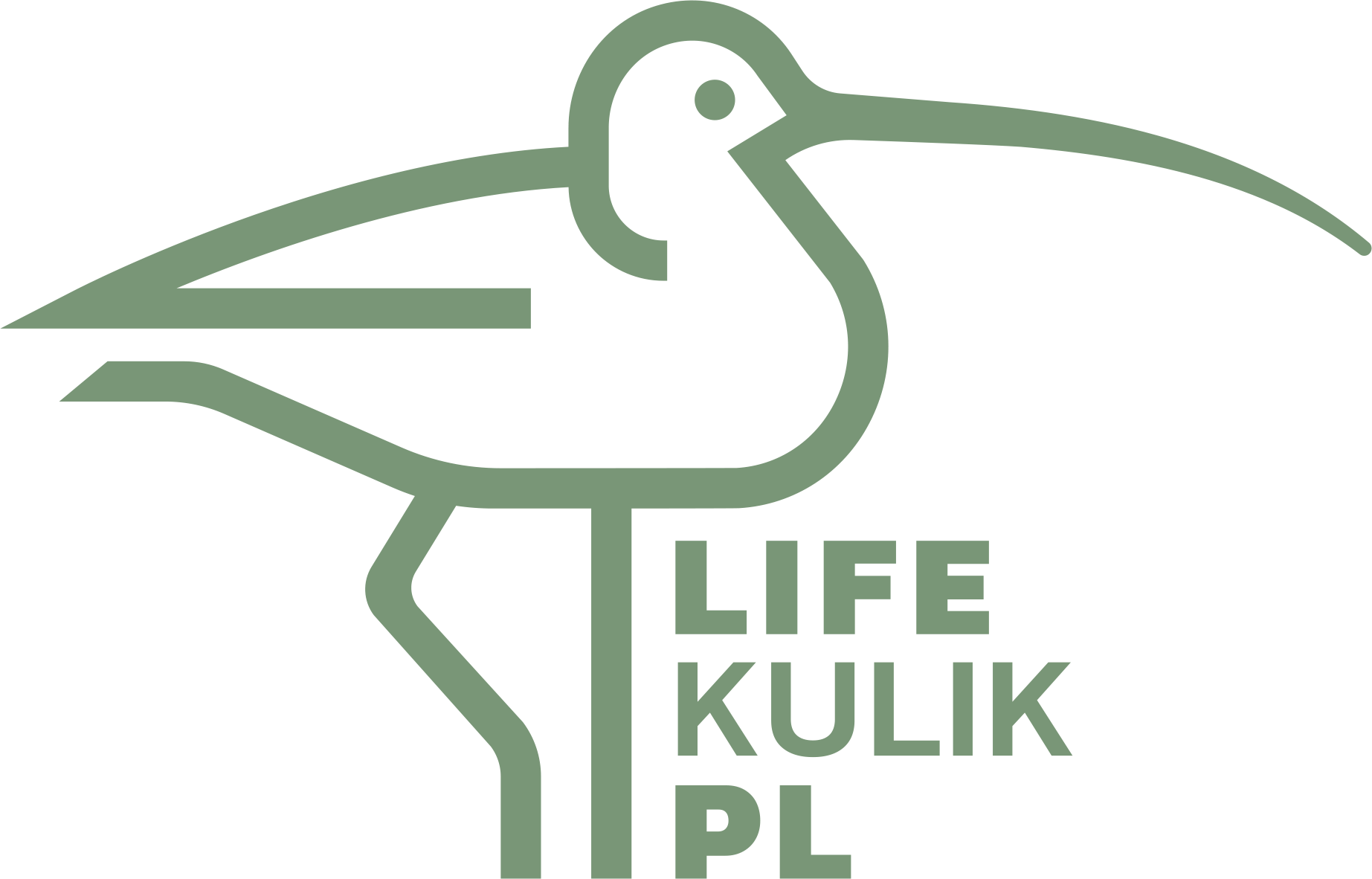In the world of birds, nesting strategies are remarkably diverse. Some species construct intricate, exquisite architectural marvels – such as penduline tits, which weave hanging nests resembling baskets, or house martins, which carefully mould shelters from mud and saliva on the walls of buildings.
The Eurasian Curlew has taken a different approach – minimalism.Its nest, though simple, is the result of a deliberate choice of location and careful adaptation to environmental conditions. Thanks to this, the bird can effectively protect its brood without investing energy in building a complex structure.It chooses a shallow depression in the ground, typically about 15–20 cm in diameter, which it lines with a small amount of dry grass. Though inconspicuous, the nest provides camouflage and protection for the eggs.
For nesting, the curlew selects expansive, open areas – such as wet meadows or peat bogs – where tall vegetation serves as natural cover while maintaining a clear line of sight for spotting potential threats. An interesting detail is that curlews often choose small elevations within marshy terrain – this prevents the nest from flooding during rainfall.
The selection of a nest site is carefully considered – the male takes part in the search, but the final decision is made by the female, based on factors such as soil moisture and food availability.Once the optimal site is found, the female lays 3–4 eggs.
Research has shown that Eurasian Curlews are likely to return to the same breeding sites in subsequent years, provided that conditions remain favourable – which is why preserving these habitats is so crucial.


